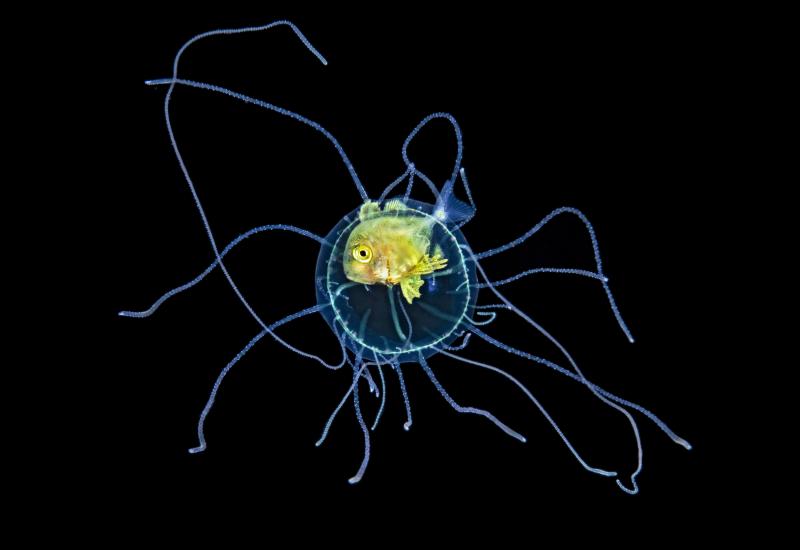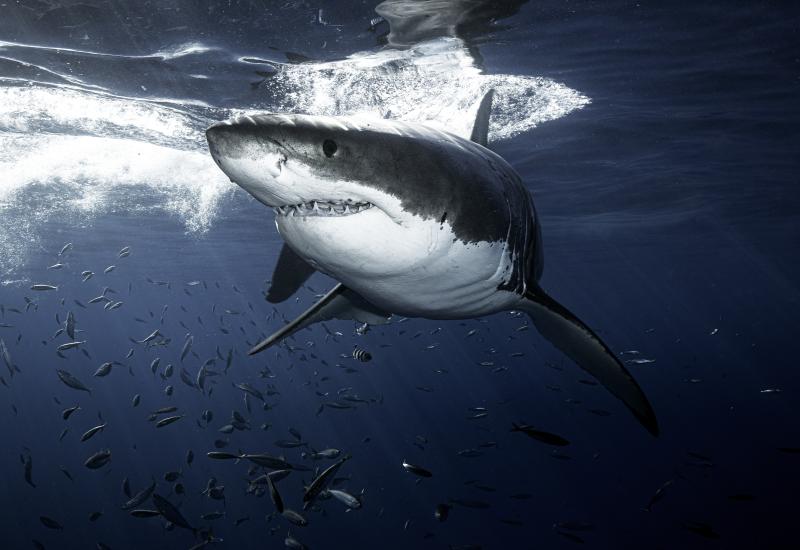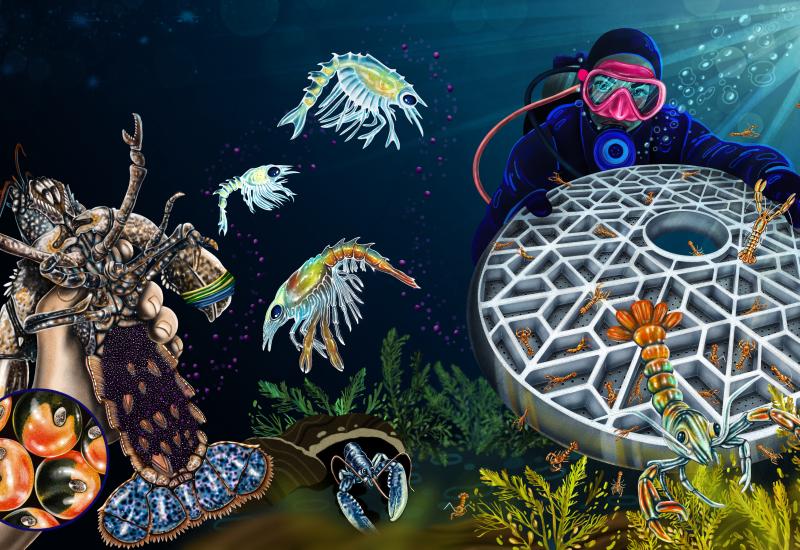Divers Guide to Marine Life: Oceanic Whitetip Shark (Carcharhinus Longimanus)

Oceanic whitetip shark (Carcharhinus longimanus)
Oceanics display inquisitive behaviors and divers should be cautious when encountering these sharks in the wild.
Click HERE for more fun shark facts!
Mary O'Malley
Oceanic whitetip shark (****Carcharhinus longimanus)
•Conservation status: IUCN Red Listed as ‘Vulnerable’ and recently listed on CITES (Convention on International Trade in Endangered Species) Appendix II, restricting the international trade of this species.
•These sharks are often referred to as ‘oceanics’ or OWTs by researchers and photographers.
•They can be identified by their long, rounded fins with blotchy white coloration, especially evident on the tips of the dorsal and pectoral fins.
•Oceanic whitetip sharks are one of most wide-ranging species of sharks, found in tropical and subtropical waters far offshore but occasionally encountered near oceanic islands. Recent studies revealed these sharks can make dives 1,082 meters ( 3,550 ft.) deep into waters as cold as 8 oC ( 46 oF).
•Pups are born at 60 to 65 centimeters (~ 2 ft.) long.
•They are feed on fishes including tunas, barracudas, white marlin, swordfish and even oarfish; and marine mammals and other sharks or rays.
•Once abundant, the oceanic whitetips’ susceptibility to being caught in fisheries gear (lines, nets and trawls) has led to population declines in many parts of the world; their distinctive fins are highly prized in the shark fin trade for shark fin soup.
•Their fins are considered high quality by the fin trade and are one of the fourteen species most frequently found in the Hong Kong markets.
•Oceanics display inquisitive behaviors and divers should be cautious when encountering these sharks in the wild.
Information provided by the SharksCount program. Find out more about citizen science for sharks at www.sharksavers.org/sharkscount.
Click HERE to see the full list of sharks.

Mary O'MalleyOceanics display inquisitive behaviors and divers should be cautious when encountering these sharks in the wild.
Click HERE for more fun shark facts!
Oceanic whitetip shark (****Carcharhinus longimanus)
•Conservation status: IUCN Red Listed as ‘Vulnerable’ and recently listed on CITES (Convention on International Trade in Endangered Species) Appendix II, restricting the international trade of this species.
•These sharks are often referred to as ‘oceanics’ or OWTs by researchers and photographers.
•They can be identified by their long, rounded fins with blotchy white coloration, especially evident on the tips of the dorsal and pectoral fins.
•Oceanic whitetip sharks are one of most wide-ranging species of sharks, found in tropical and subtropical waters far offshore but occasionally encountered near oceanic islands. Recent studies revealed these sharks can make dives 1,082 meters (~ 3,550 ft.) deep into waters as cold as 8 oC (~ 46 oF).
•Pups are born at 60 to 65 centimeters (~ 2 ft.) long.
•They are feed on fishes including tunas, barracudas, white marlin, swordfish and even oarfish; and marine mammals and other sharks or rays.
•Once abundant, the oceanic whitetips’ susceptibility to being caught in fisheries gear (lines, nets and trawls) has led to population declines in many parts of the world; their distinctive fins are highly prized in the shark fin trade for shark fin soup.
•Their fins are considered high quality by the fin trade and are one of the fourteen species most frequently found in the Hong Kong markets.
•Oceanics display inquisitive behaviors and divers should be cautious when encountering these sharks in the wild.
Information provided by the SharksCount program. Find out more about citizen science for sharks at www.sharksavers.org/sharkscount.
Click HERE to see the full list of sharks.










